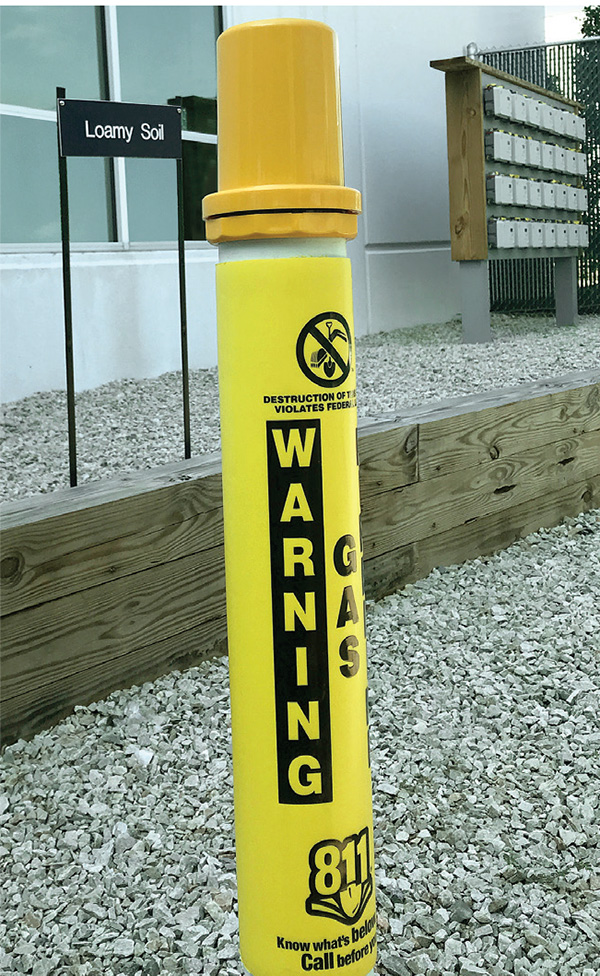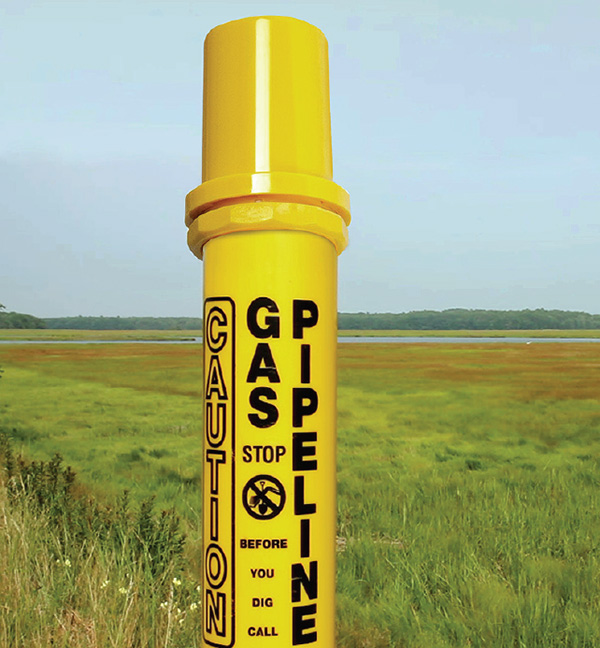January 2019, Vol. 246, No. 1
Features
Remote, Real-Time Monitoring Prevents Potential Problems
By Dan Bennett, Sensus
Natural gas leaks continue to be a challenge for gas utilities off all sizes. With the ability to affect both safety and revenue, utilities face the ever-present need to prevent leaks. When leaks do happen, the service provider must detect and address them as quickly as possible.
With utilities adding more and more residential and commercial endpoints to their distribution systems, the need to prevent and detect leaks has never been more challenging – or more critical. Thankfully, advanced technologies have emerged that allow utilities to harness new capabilities such as data analytics and remote monitoring to stay on top of leaks and address them before they create significant safety issues.
Odorization Monitoring
Many gas utilities have capitalized on the potential of advanced metering infrastructure (AMI) to realize a host of benefits such as greater billing accuracy, real-time meter data collection and remote connect/disconnect. But AMI, when powered by the right communication network, can also be an effective tool in helping detect leaks.
Utilities are leveraging their communication network to transmit data to and from gas meters, a system that proves remarkably effective at helping identify issues with residential and commercial gas usage. What providers may not realize is that they can use this same network to transmit pipeline pressure data to the head-end system and identify any system anomalies that may be the result of a leak.
Battery-powered sensors placed strategically on the pipeline will help technicians receive pressure data at regular intervals – as frequently as every hour. With this data collection, utility crews can use their AMI communication network to automatically transmit data to headquarters, where they can use data analytics software to detect any pressure drops which could be the result of leaks. With the ability to analyze where the data was collected, the utility can then pinpoint the location of the leak with demonstrable accuracy.
Those service providers that have already invested in AMI with an advanced communication network already have the pressure sensing solution within their grasp. The technology is in place to leverage the existing infrastructure for real-time pressure monitoring with minimal add-ons.
The communication network used by AMI can also be leveraged in other ways such as improving odorization efforts. Odorization remains the most prevalent method for leak detection within residential and commercial environments.
Utilities can apply the same kind of sensor technology used for pressure monitoring in odorization tank level monitoring. The real-time data transmission will help technicians better understand when odorant tank levels reach an insufficient point and more odorant needs to be added. This may seem like a negligible benefit, but when compounded with pressure monitoring capabilities, it becomes another tool for leak detection.
For those who haven’t made the investment in AMI, pressure monitoring and enhanced odorization efforts are just two of the benefits to be gained. The overall advantages of AMI include greater accuracy, operational efficiency and consistent billing. The benefits may help utility managers make a strong business case if they have been on the fence about investing in new technologies.
Cathodic Protection
The best way to address leaks in the pipeline is to prevent them from occurring in the first place. This is another area where AMI and advanced communication networks have emerged as a remarkably effective tool.
Cathodic protection is a priority for utilities for a host of reasons, not least of which is regulatory directives. All utilities take proactive measures to prevent pipeline corrosion and detect possible issues before corrosion reaches unacceptable levels that could lead to leaks in the system.
However, cathodic protection monitoring can be a time and resource intense process since technicians are required to periodically go into the field to inspect pipelines for corrosion levels. This not only requires significant costs in terms of equipment and gasoline, but it also has safety implications for the technicians and can divert them from more strategic tasks.
Keep in mind that periodic monitoring only gives utilities a glimpse of any emerging issues that, if not addressed quickly, could ultimately thwart cathodic protection efforts.
AMI can be essential in improving remote cathodic protection capabilities. For those utilities already using AMI systems, dedicated sensors can be implemented strategically in areas where cathodic protection monitoring takes place that can leverage the advanced communication network to report corrosion levels to the utility in near real-time. This remote monitoring reduces and, in many cases, eliminates the need for technicians to go into the field.
This enhancement lowers safety concerns and allows the technicians to focus on strategic initiatives that impact customers. The near-real-time reporting also means that utilities can get a comprehensive picture of their pipeline assets and proactively address corrosion before it leads to issues such as leaks.
Once again, the right communication network is essential to powering these efforts. The network should have two-way communication capabilities that allow the utility to transmit data both to and from the sensor quickly. The network should also operate on a licensed spectrum to ensure fast, protected data transmission and enhanced security.
This kind of technology is available to utilities looking to update their systems and, for those already using AMI, it’s worth understanding whether your current network can be leveraged for remote cathodic protection monitoring. The benefits of leak prevention speak for themselves, while the reduced costs, improved technician safety and real-time monitoring capabilities all help make this investment that much more attractive.
Conclusion
As utilities and the communities they serve continue to evolve, leak detection will grow increasingly important. More enhanced tools will support the safety of customers and utility workers.
By leveraging communication technology as part of a broader AMI solution, organizations can gain the capabilities needed to advance leak detection, while simultaneously unlocking a host of new applications. The strategic investment can help improve both operations and customer relations, and position service providers for future growth and success. P&GJ
Author: Dan Bennett is the director of global gas marketing at Sensus, a Xylem brand. He has six years of service with the smart technology company. He earned a bachelor’s of science degree in both electrical engineering and computer engineering from North Carolina State University in Raleigh.







Comments